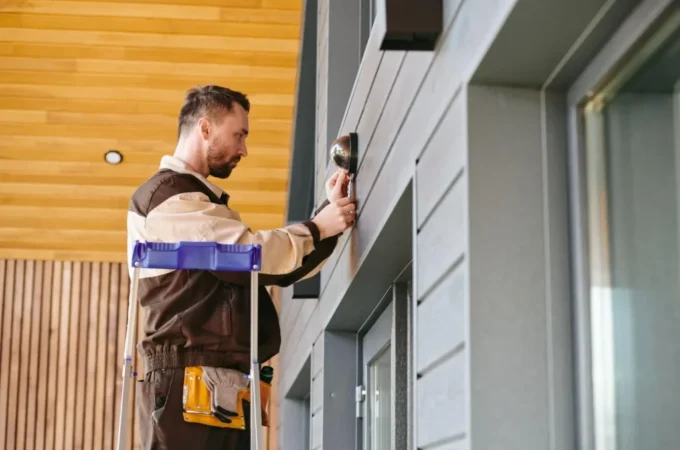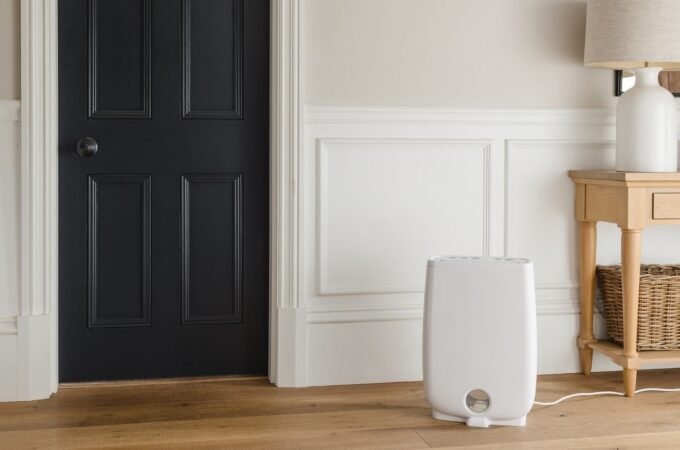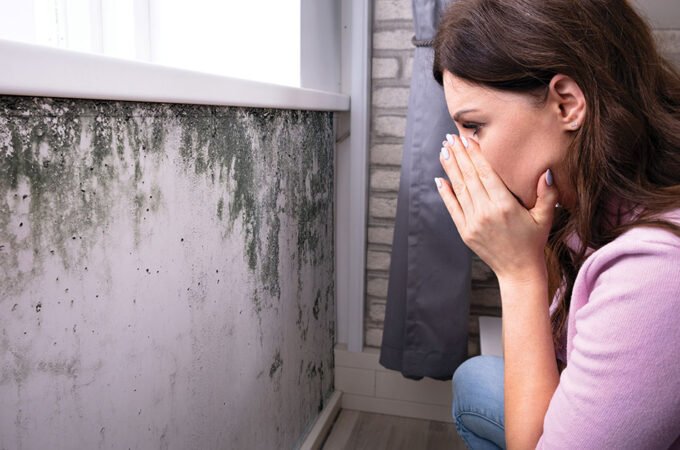
Resin Injection for Home Molding Process
There are couple of functional techniques as of now accessible for liquefaction alleviation underneath existing structures, in spite of a developing interest for this because of a critical number of structures being focused for seismic overhauling. One such technique that is feasible for liquefaction relief underneath existing structures is the injection of extending resin. This technique densifies soils (of reasonable structure) and hence expands liquefaction opposition (i.e. expands the relative thickness and accordingly the cyclic obstruction proportion of the dirts), and in addition enhances the composite solidness of the ground.
This paper portrays the aftereffects of a controlled report that has been done into the adequacy of this ground change system. In the examination, three test destinations in the Christchurch ‘Red Zone’ were chosen for the development of resin-infused test boards. The dirts were evaluated utilizing Cone Penetrometer Test (CPT), cross-gap geophysical testing, and dilatometer testing (DMT), to inspect the impacts the infused materials have had on the thickness and firmness of the dirts, and subsequently their possible liquefaction execution.
The consequences of the investigation demonstrate that huge changes in soil thickness, firmness and quality were accomplished, exhibiting that resin injection is a practical ground change strategy.
Injection into the ground of growing resin blends (at generally shallow profundities) has for some time been utilized for the level amendment of structures. The resin injection and development process likewise compacts or densifies the ground, and accordingly this procedure has potential uses in liquefaction moderation ventures, or different applications where ground densification is required.
The point of this examination was to look at on a formal premise whether resin injection is a suitable type of ground change, essentially for liquefaction relief. This has been accomplished through a progression of preliminary injection boards, where pre-injection and post-injection soil thickness and solidness have been thought about by cone infiltration testing (CPT), geophysical testing (Vs and Vp testing), dilatometer testing (DMT) and plate stack testing (PLT).
Resin injection was infused underneath the floor (observed amid the procedure utilizing laser leveling gadgets). As the fast set resin volumes increment, the subsoil compacts, rapidly the floor slab begins to lift.
The home proprietor was out of the property for 3 hours, On their arrival they were enchanted that they never again “moved downhill” in their front room. The repair was less expensive than the option of uncovering the floor and recharging the in-your-face and floor slab, even before considering the unsettling influence and bother a conventional repair would have caused the home proprietor.






